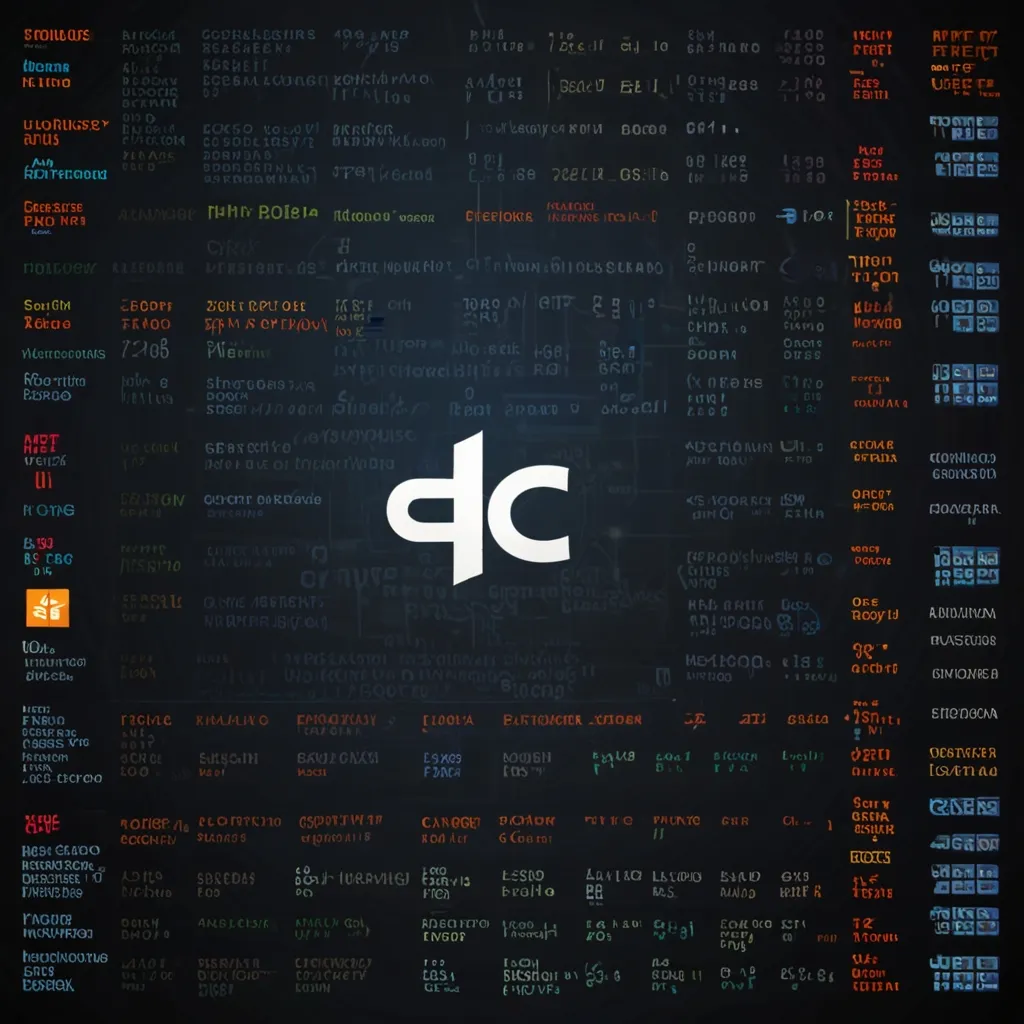Meet Elixir: Your New Favorite Programming Language
Picture this: a programming language that skillfully combines the perks of functional programming with jaw-dropping concurrency and scalability. Throw in easy-to-grasp syntax, and you’ve got Elixir. This modern and dynamic language is rapidly gaining followers among developers for its prowess in creating scalable and maintainable apps.
The Erlang Backbone
Elixir is like a superhero sidekick to Erlang because it runs on the Erlang Virtual Machine (VM). Erlang, born in the ’80s to handle phone systems, has a rock-solid reputation for whipping up low-latency, distributed, and fault-tolerant systems. Thanks to this, Elixir gets a powerful foundation, making it a go-to choice for projects that demand high concurrency and iron-clad reliability. Imagine Erlang as that grizzled veteran who effortlessly handles millions of connections, inspiring confidence that nothing will crash.
Functional Programming Meets Concurrency
Elixir doesn’t just dabble in functional programming; it embraces it with open arms. This means you get to write code that’s not only clean and concise but also a breeze to maintain. Functional programming focuses on immutable data and pure functions, which is a godsend for concurrent systems.
With Elixir, you can slice and dice your code to run parallel across multiple CPU cores, maximizing your hardware’s potential. All of this magic happens through lightweight processes that talk to each other via messages. This is super handy if you’re building, say, a web app that shoulders thousands of requests at once. Elixir’s concurrent nature ensures each request gets special attention without hogging or slowing down the others. Your app remains snappy and efficient.
Built for Resilience
Elixir’s fault tolerance is like having a built-in safety net for when things go awry. Let’s face it, stuff will break, especially when juggling network connections and file systems. Enter Elixir’s supervisors. They’re like guardians, ready to reset your system when a hiccup occurs. When a part crashes, these supervisors revive it to its initial state so your app keeps humming along.
For instance, imagine you’re running a web server managing multiple requests. If one request fails because of some external glitch, Elixir’s supervisors will restart that specific process without disturbing the others. Your app keeps running smoothly, all thanks to these behind-the-scenes heroes.
Extend Your Reach with DSLs
Elixir boasts extensibility, allowing you to tweak the language to fit specific needs. This is particularly amazing for crafting domain-specific languages (DSLs), making your code easier to read and maintain. Picture writing SQL queries right within Elixir or even compiling sections to run on GPUs to boost performance. This flexibility means Elixir has your back whether you’re dealing with databases or high-performance tasks.
Streamlined Tooling and Bustling Ecosystem
Development with Elixir is a breeze thanks to its robust set of tools. Mix is your go-to build tool for creating projects, managing dependencies, and running tests without breaking a sweat. And then there’s Hex, your trusty package manager ensuring smooth and documented dependency management. IEx, the interactive shell, offers handy features like auto-completion, debugging, and code reloading, refining the development experience.
Fancy something more interactive? Livebook lets you engage with Elixir directly from your browser, supporting cool features like plotting, flowcharts, and data tables. This makes it a fantastic choice for data science and machine learning projects.
Proven in the Real World
Elixir’s not just theory; it’s out there in the wild, making waves in production environments. Big names like Discord and Change.org are riding high on Elixir’s capabilities to build highly scalable and concurrent applications. From web development and embedded software to data ingestion and multimedia processing, Elixir is versatile enough to tackle various corners of the tech landscape.
Jumping into Elixir
Getting started with Elixir is a walk in the park, especially if you’ve dabbled in Ruby. Elixir’s syntax bears a resemblance to Ruby, making it easier to pick up. However, Elixir introduces you to functional programming concepts, which might be a mind-bender if you’re used to imperative languages like Java or C++.
Rather than traditional loops, you’ll be dealing with streams or higher-order functions to process data. It might seem daunting at first, but this approach enhances code readability and maintainability in the long run.
A Thriving Community
Elixir’s growing community is nothing short of supportive. It’s well-documented, and tons of resources are available to guide you along the way. From the official Getting Started guide to community-driven projects and active forums, you won’t be alone as you dive into Elixir.
Wrapping Up
Elixir isn’t just a programming language; it’s a powerhouse for building scalable, concurrent, and fault-tolerant systems. With its modern syntax, extensive tooling, and solid community support, Elixir stands out as an excellent choice for developers seeking to create high-performance applications.
Whether your forte lies in web development, embedded systems, or data processing, Elixir equips you with the necessary tools and features to thrive. In a nutshell, Elixir’s unique combination of functional programming, concurrency, and fault tolerance, alongside its user-friendly syntax and comprehensive tooling, seals the deal. If modern software development challenges are on your plate, Elixir is definitely worth diving into.






